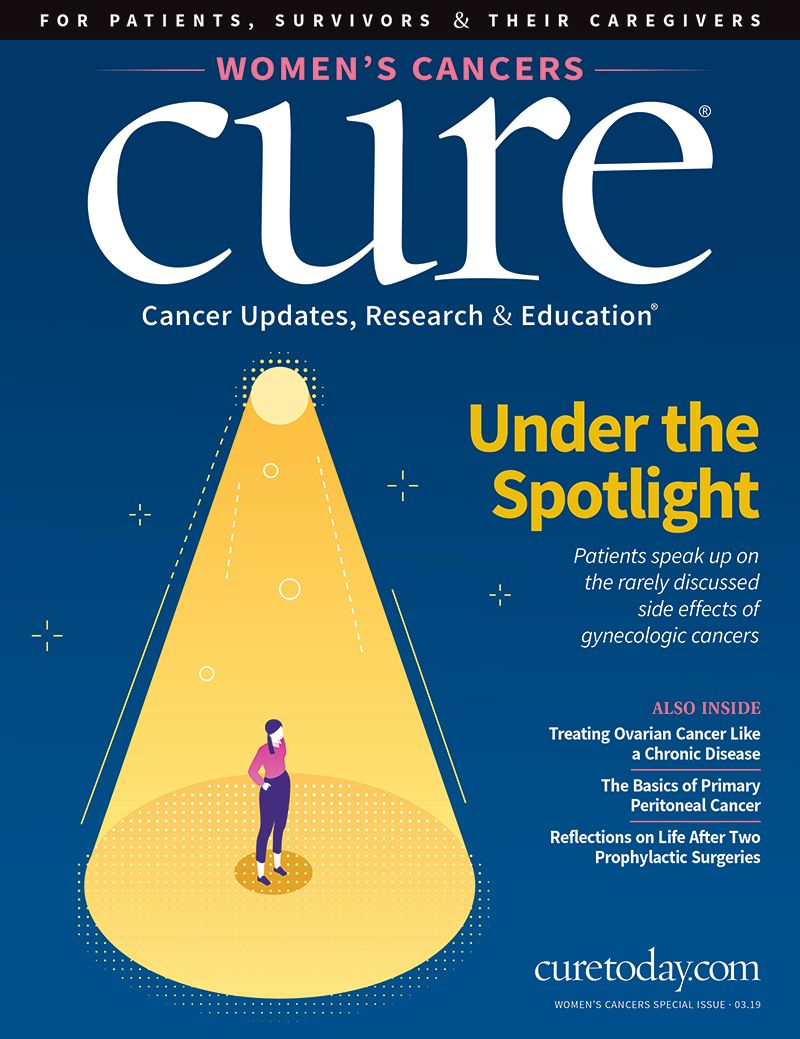Publication
Article
CURE
Opioids Must Be Used Responsibly Amid a National Epidemic
Author(s):
Many patients suffer from chronic pain, making opioids essential for care.
It is impossible to escape the fact that we are in the midst of a national epidemic involving opioid pain medications. The most recently revised numbers published by the National Institute on Drug Abuse show a record 47,600 deaths attributed to opioid overdose in 2017, and the President has declared the issue a public health emergency. It seems that every day, there is a new story in the media about a life cut tragically short due to the ravages of opioid addiction. Many people have family or friends whose lives have been touched by this epidemic.
Yet opioids — when used and monitored appropriately — remain an indispensable tool for treating cancer-related pain. The National Comprehensive Cancer Network (NCCN) continues to endorse opioids as a first-line option for adult cancer-related pain. As a gynecologic oncologist, I have patients who rely on opioids to treat their acute post-operative pain, as well as chronic pain because of their cancer. For example, patients with cervical cancer have been shown to have high rates of pain and require a proactive approach to pain management.
Like any other medication, opioids have several side effects that doctors and patients should be aware of; the most common and often most bothersome is constipation. Anyone requiring regular treatment with opioid pain medications should discuss use of medication to prevent and treat constipation with their physician. Severe cases of opioid-induced constipation can be treated with opioid antagonists, such as methylnaltrexone, which is not absorbed by the body so it does not counteract pain relief effects. Other less common side effects include opioid-induced nausea and sedation, which can almost always be treated with changes in dose.
Several commonsense actions should be taken to reduce the risk of opioids. As the NCCN recommends in its cancer pain guidelines, the lowest dose of opioid that successfully controls pain should be used. It is also imperative that opioids be safely and securely stored at home. Opioids that are freely accessible to friends and family present a risk for diversion, which is the transfer of a controlled substance from a lawful to an unlawful channel of distribution or use. Unused and unwanted opioids should be disposed of safely. Many hospitals and pharmacies will take back unused opioid medications, and the Drug Enforcement Administration holds a national drug takeback event every six months, at which patients can return any unused medications. Finally, as the U.S. Surgeon General recently advocated, the overdose-reversing drug naloxone should be prescribed and available to those requiring high-dose opioids.
It is important to note that opioids are not considered first-line treatment for pain in cancer survivors, who account for more than 15.5 million people in the United States. Among gynecologic cancer survivors, 35 percent continue to experience pain one year after completion of treatment. The American Society of Clinical Oncology (ASCO) recently released a practice guideline on the management of chronic pain in survivors of adult cancer. In that document, ASCO argues that their use of opioids should be considered differently from that of patients with active cancer who are undergoing treatment. ASCO recommends use of opioids for chronic pain “in carefully selected patients who do not respond to more conservative pain management and who continue to experience pain-related distress or impairment of physical function.”
Non-opioid medication pain medications should be considered for both active patients with cancer and survivors. These medications include traditional painkillers, such as nonsteroidal anti-inflammatory drugs (e.g., ibuprofen) and acetaminophen, in addition to antidepressants and anticonvulsants that have painkiller properties. Use of these additional medications can contribute to improved pain control and minimize opioid usage.
As oncology providers, caregivers and advocates, we must fight to preserve access to opioids for patients who rely on these essential medications. It is encouraging that many of the new regulations drafted to address the opioid epidemic, such as the landmark Massachusetts opioid legislation signed in 2016, exempt patients with cancer from the most oppressive restrictions on opioid prescriptions. However, as other states and the federal government contemplate additional legislation to help address the opioid epidemic, the oncology community must demand continued safe access to opioids.
AMIN A. RAMZAN, M.D., is a gynecologic oncology fellow at the University of Colorado. He co-authored a series of articles on opioid use in the age of the opioid epidemic in the journal Gynecologic Oncology.
For more news on cancer updates, research and education, don’t forget to subscribe to CURE®’s newsletters here.





